Description
This neat NWA comes to you from space, originally, before landing in Northwest Africa, and it’s now waiting to come home with you!
Be sure to keep your eyes out for a cool rock like this and you might just be able to find your own meteorite!
First found in 2016, this is 1 of 660 approved meteorites classified as a Ureilite, and 1 of 9718 approved meteorites from (Northwest Africa), according to https://www.lpi.usra.edu/meteor/metbull.php?sea=NWA+11890&sfor=names&ants=&nwas=&falls=&valids=&stype=contains&lrec=500&map=ge&browse=&country=All&srt=year&categ=Ureilites&mblist=All&rect=&phot=&strewn=&snew=0&pnt=Normal%20table&code=67733
The rest of the following is from Wikipeida:
Ureilites, named after the Novo-Urei, Russia, fall of 1886, are ultramafic achondrites that contain interstitial carbon as graphite or diamond. The majority consist of olivine + uninverted pigeonite. In a few, the pyroxene is augite and/or orthopyroxene instead. In addition, about 10% of ureilites are polymict breccias, containing a few percent of feldspathic material in addition to typical ureilitic components.
Ureilite is a rare type of stony meteorite that has a unique mineralogical composition very different from that of other stony meteorites. This dark grey or brownish meteorite type is named after the village Novy Urey, Mordovia Republic of Russia, where a meteorite of this type fell on 4 September 1886. Notable ureilites are the Novo Urei and the Goalpara, also named for the town in which it landed (Goalpara, Assam India). On 7 October 2008, tiny asteroid 2008 TC3 entered Earth’s atmosphere and exploded an estimated 37 kilometres (23 mi) above the Nubian Desert in Sudan. Fragments of this asteroid were recovered the following December and were found to be ureilite. Scientists have discovered amino acids in meteorite 2008 TC3 where none were expected, taking into account high temperatures reached in the explosion of about 1000 °C.
A geological name for ureilite would be olivine-pigeonite achondrite. Compared to most other meteorites, ureilites tend to have a high percentage of carbon (average 3% by weight) in the form of graphite and nanodiamonds. The diamonds, which are rarely more than a few micrometres in diameter, are probably the result of high pressure shockwaves produced by collisions of the ureilite parent body with other asteroids. Ureilites can be divided into two subcategories: monomict and polymict. Monomict ureilites are coarse-grained, with olivine usually more abundant than pyroxene. Polymict ureilites are a mixture of clasts of dissimilar composition.
Its origin is unknown. Some groups of meteorites come from a single object (i.e. Mars, Moon, 4 Vesta), but no parent body has been found for the ureilites. Before impacting Earth 2008 TC3 was identified as an F-type asteroid.
One theory suggests that ureilites were formed in the interior of a parent body with cumulate crystals that formed crystal layers. Support for this comes from some ureilites in which the grains are aligned in a preferred orientation. Another suggestion is that ureilites represent a residuum of unmelted material after a partial melt liquid was drawn off. Yet other ideas are that they are unprocessed materials which never melted or that they are mixtures of carbonaceous chondrite and basaltic rock melts. It remains unclear whether ureilites originated on different parent bodies or in different regions of a single body. The presence of diamonds, which can form from graphite as a result of severe shock metamorphism, hints at a violent impact history. By contrast, a 2018 study of the diamond inclusions in 2008 TC3 concluded that they could only have formed over a relatively long period of time at high pressure, suggesting that “the ureilite parent body was a Mercury- to Mars-sized planetary embryo.”


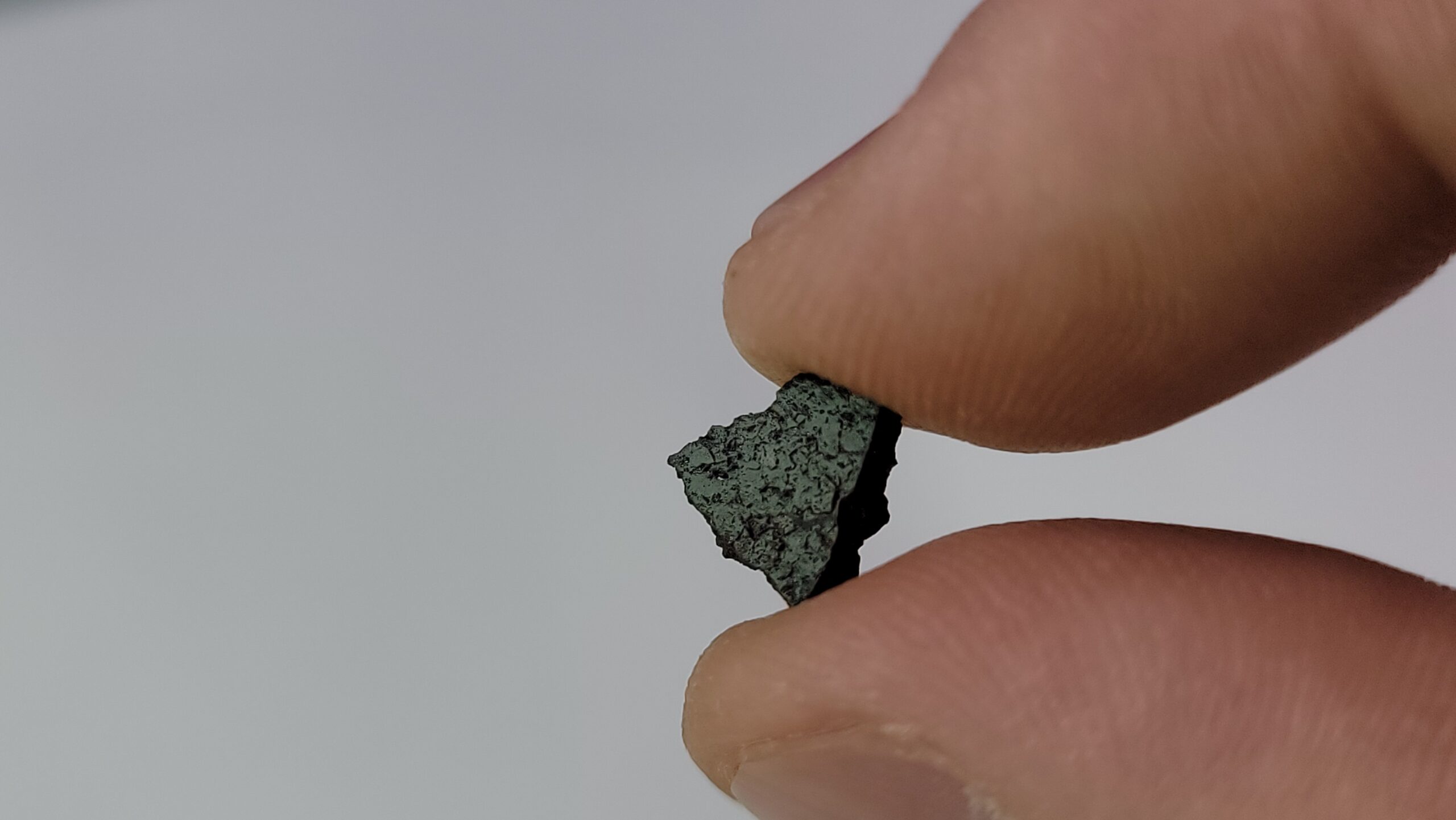


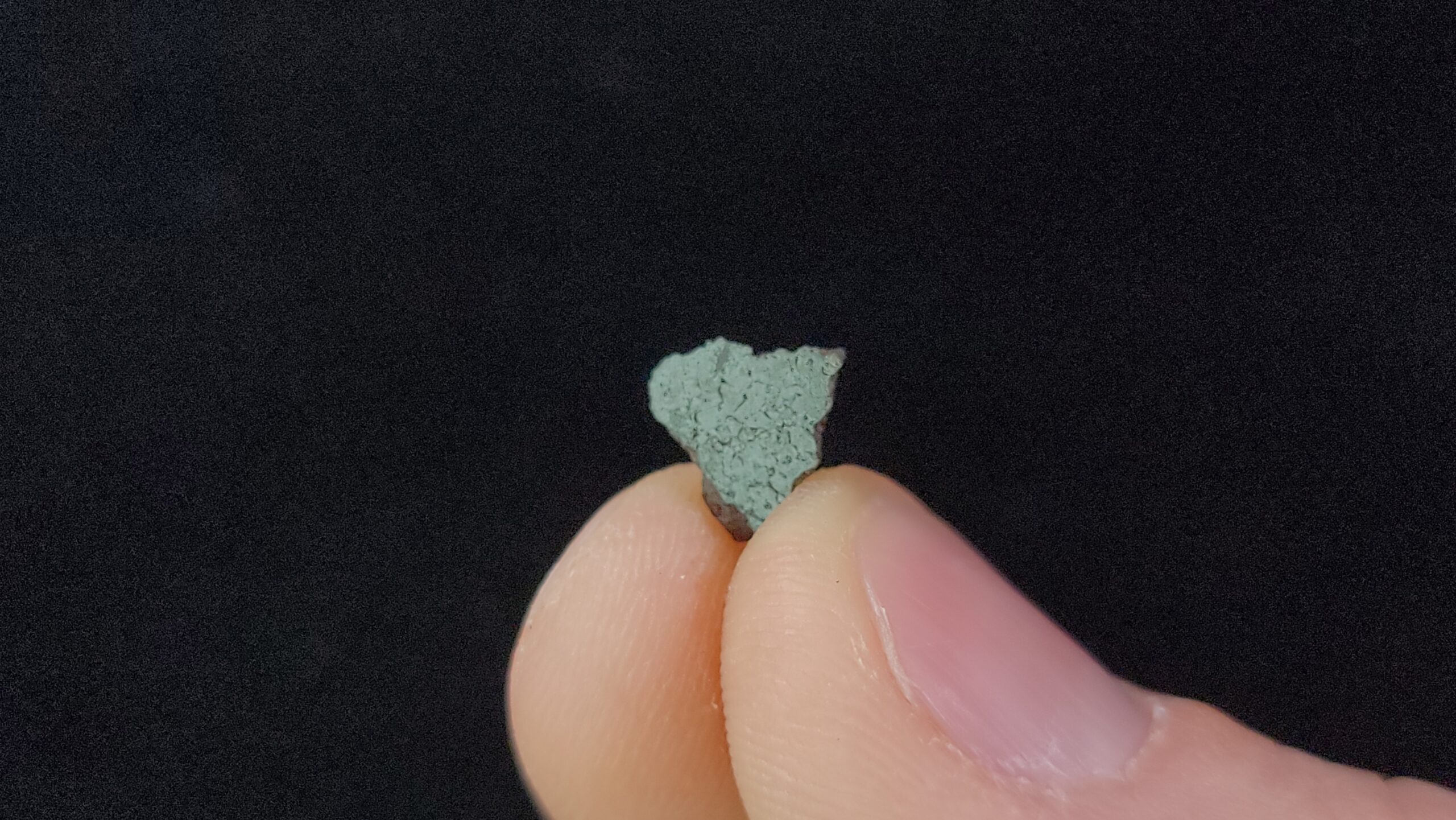
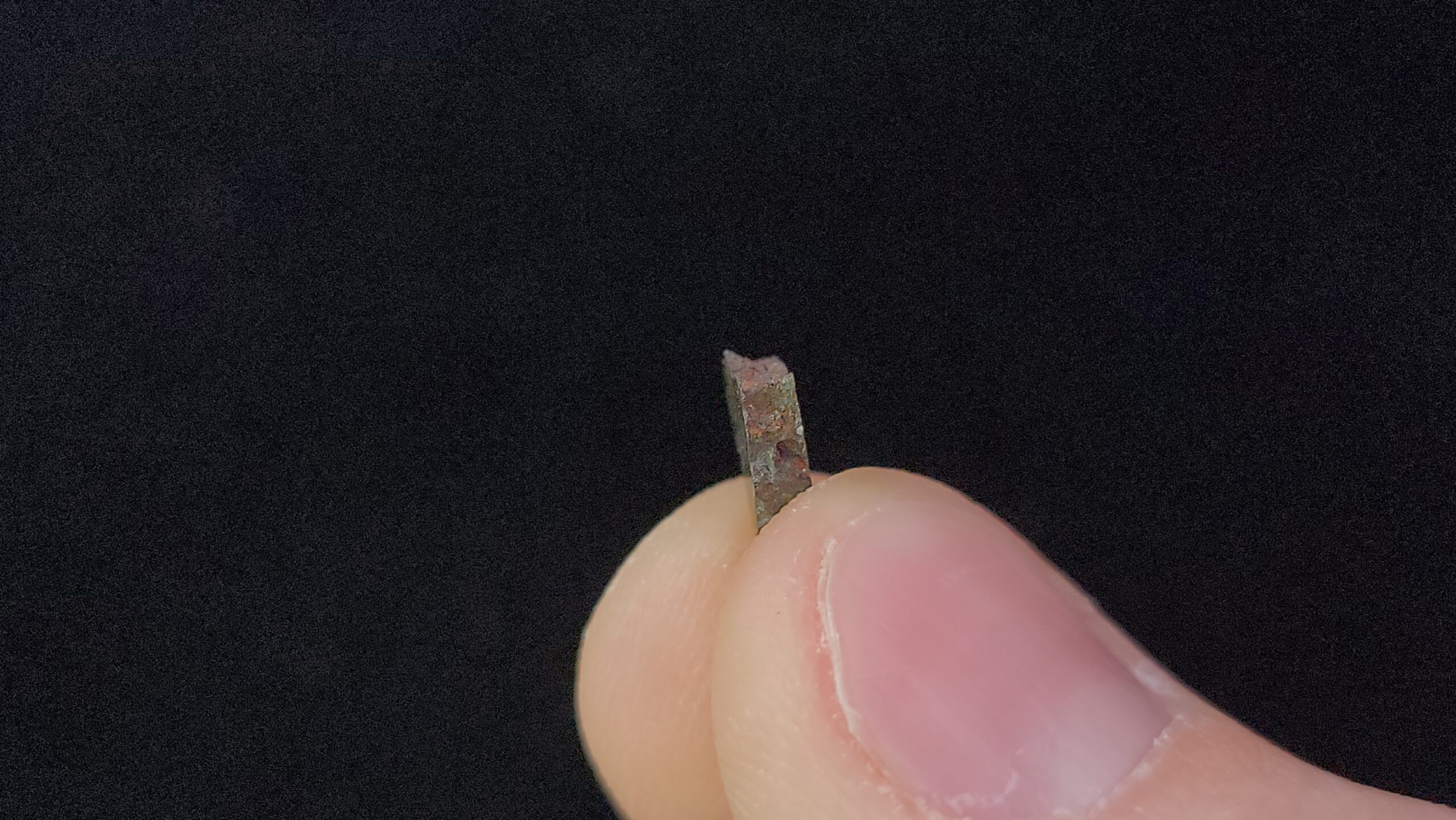
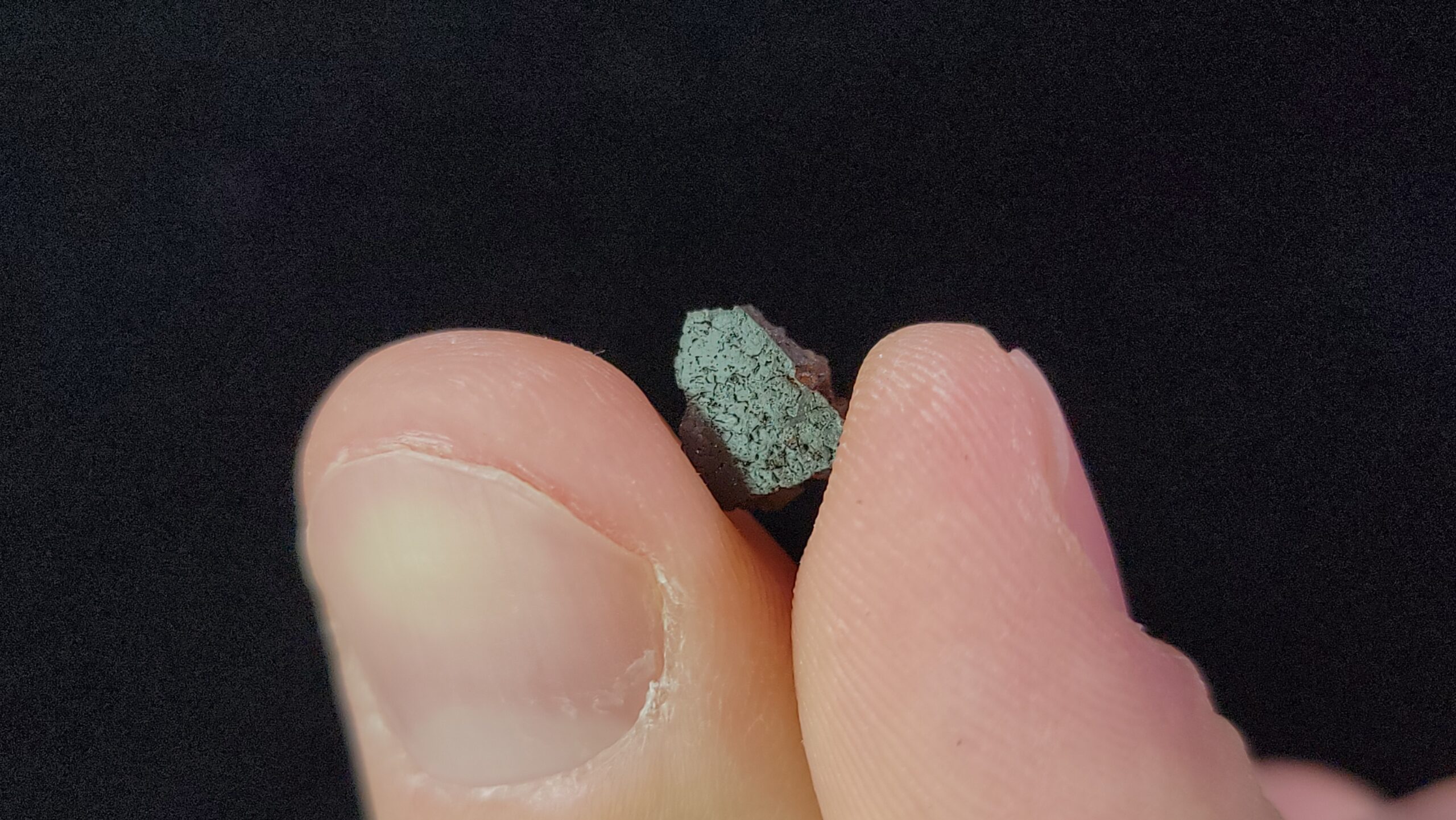
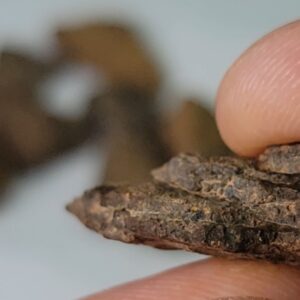





Reviews
There are no reviews yet.